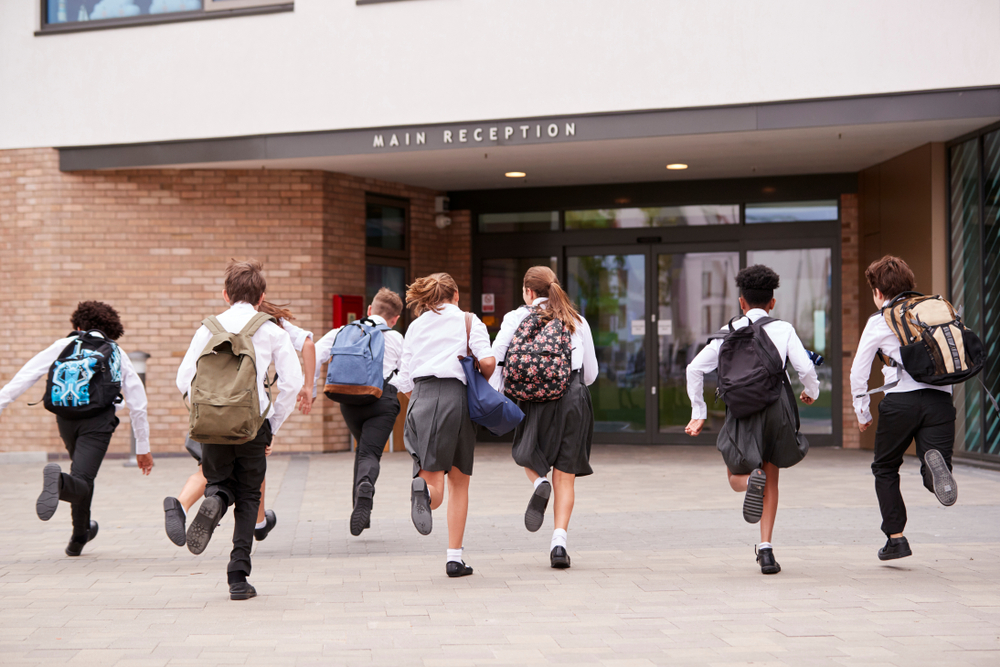Every year, NAPLAN tests are used to see how Australian students are tracking in reading, writing and maths.

And every year, we see analysis that Indigenous students are lagging behind their non-Indigenous peers.
But what if we looked at this data in a different way?
We have developed a new way of analysing NAPLAN data. This compares Indigenous students with other Indigenous students. And in doing so, we get more nuanced information about what is working and where.
This represents a significant shift from the focus on “closing the gap”, which repeatedly highlights deficits in Indigenous students’ progress.
Our research
Our new quantitative method is called “within-cohort, peer matching”. Unlike the traditional method of comparing Indigenous students’ academic performance with non-Indigenous students, this approach compares Indigenous students with their Indigenous peers from the same grade and type of geographical location across the country.
In our study, we analysed ten years of NAPLAN data (2009–2019) on Indigenous students. This included information on a student’s grade, the state or territory where they live, and whether they live in a major city, regional, remote or very remote area.
We then used several statistical models to investigate differences in students’ performance.
What we found
Our study uncovered patterns that would not have been obvious if we focused solely on the disparity between Indigenous and non-Indigenous students’ performance. These include:
- the impact of remoteness: previous analysis has shown the more a remote a student is, the less likely they are to succeed at school. This is largely due to the difficulty of attracting teachers and a lack of adequate resources. But by diving into more detail, our analysis shows there are considerable differences when comparing states and territories within the same remoteness category.
- different subjects have different results: maths results appear to be less impacted by a students’ remoteness, compared to reading and writing. We don’t yet know why this is the case. But now we can focus research efforts on better understanding this finding.
Where are performances high?
We looked at how well Indigenous students did in NAPLAN across different states and territories within matching remoteness categories, relative to their Indigenous peers in the same grade.
An example of this was comparing Year 3 students in major cities across New South Wales, Victoria, Queensland, Western Australia, South Australia and the Australian Capital Territory. This helped us find out where students are doing better or worse.
Some examples where students are performing well relative to their matched peers include:
- in major cities: primary students in New South Wales and primary and secondary students in Victoria
- in regional areas: Year 3 in New South Wales, primary and secondary schools in Victoria and primary and secondary schools in Tasmania.
- in remote areas: primary schools in New South Wales, primary and secondary schools in South Australia.
- in very remote areas: primary and secondary schools in New South Wales, primary and secondary schools in Queensland.
Where are performances low?
Our analysis also showed there are some groups of Indigenous students who are doing relatively poorly compared to their Indigenous peers. This includes:
- in major cities: Year 9 in Queensland, primary and secondary schools in Western Australia and primary and secondary schools in South Australia.
- in regional areas: Year 7 in Western Australia, primary and secondary schools in the Northern Territory and primary schools in South Australia.
- in remote areas: primary schools in Western Australia, primary and secondary schools in the Northern Territory.
- in very remote areas: primary and secondary schools in the Northern Territory and primary schools in South Australia.
What does this mean?
The findings of our research challenge the traditional framing of Indigenous students as progressing poorly compared to their non-Indigenous peers. They also provide opportunities for more nuanced policy interventions and more targeted research. Using this approach, we can study the school-level factors that impact performance within the cohort of Indigenous students.
For example, we can perhaps look at what is working for Year 3 students in regional NSW and apply that elsewhere. Or we can look at what is not working for Year 9s in major cities in Queensland.
We can also look more closely at why numeracy performance seems to be less impacted by the degree of remoteness.
Ultimately, it highlights the need for alternative measures of Indigenous success, beyond merely “closing the gap”.
Authors
Peter Anderson
Professor and Director, Indigenous Research Unit, Griffith University
Kerrie Mengersen
Distinguished Professor in Statistical Science, Queensland University of Technology
Owen Forbes
Data Scientist, Queensland University of Technology
Zane M. Diamond
Professor, School of Education, Culture and Society, Monash University
This article is republished from The Conversation under a Creative Commons license. Read the original article here.









